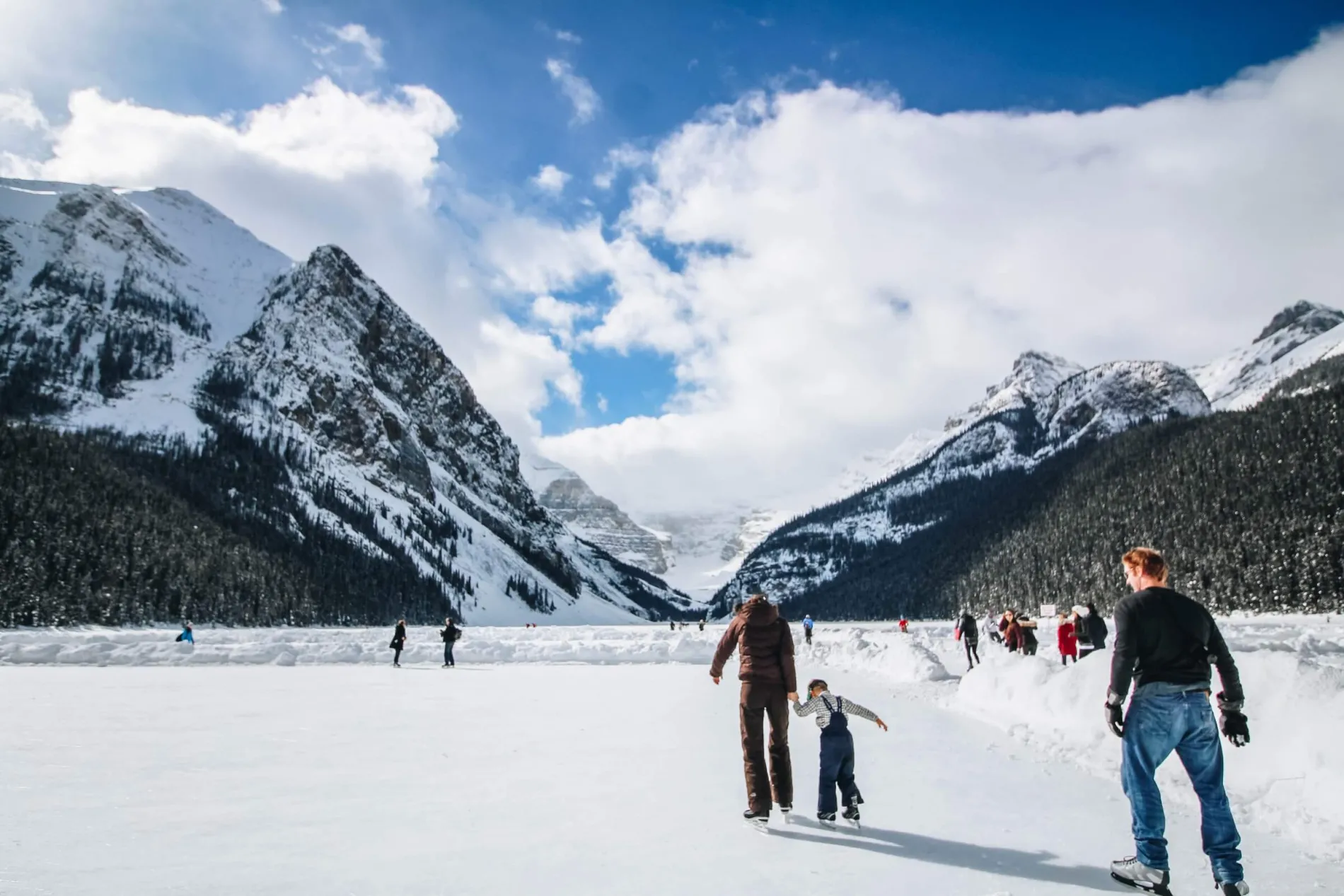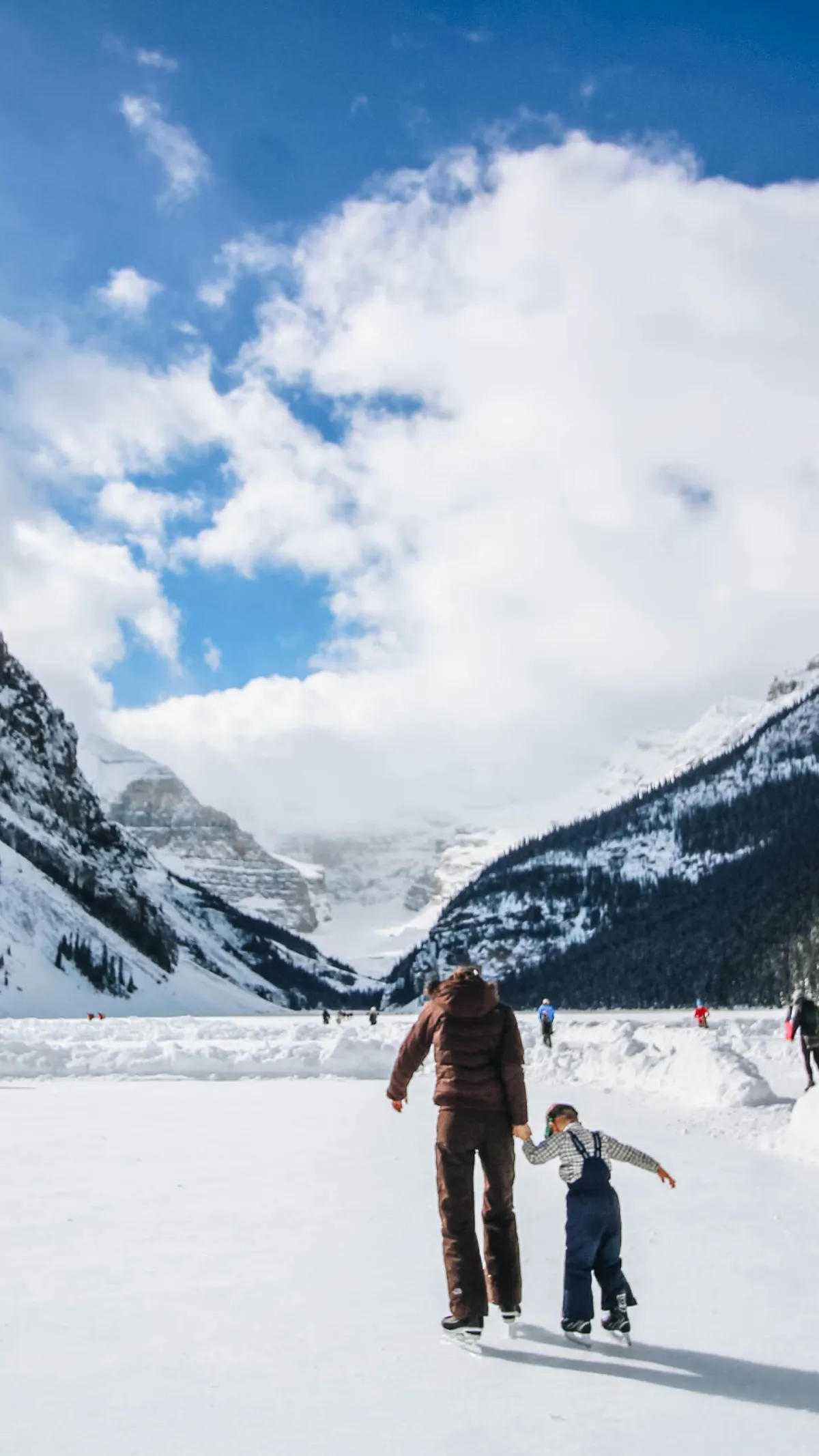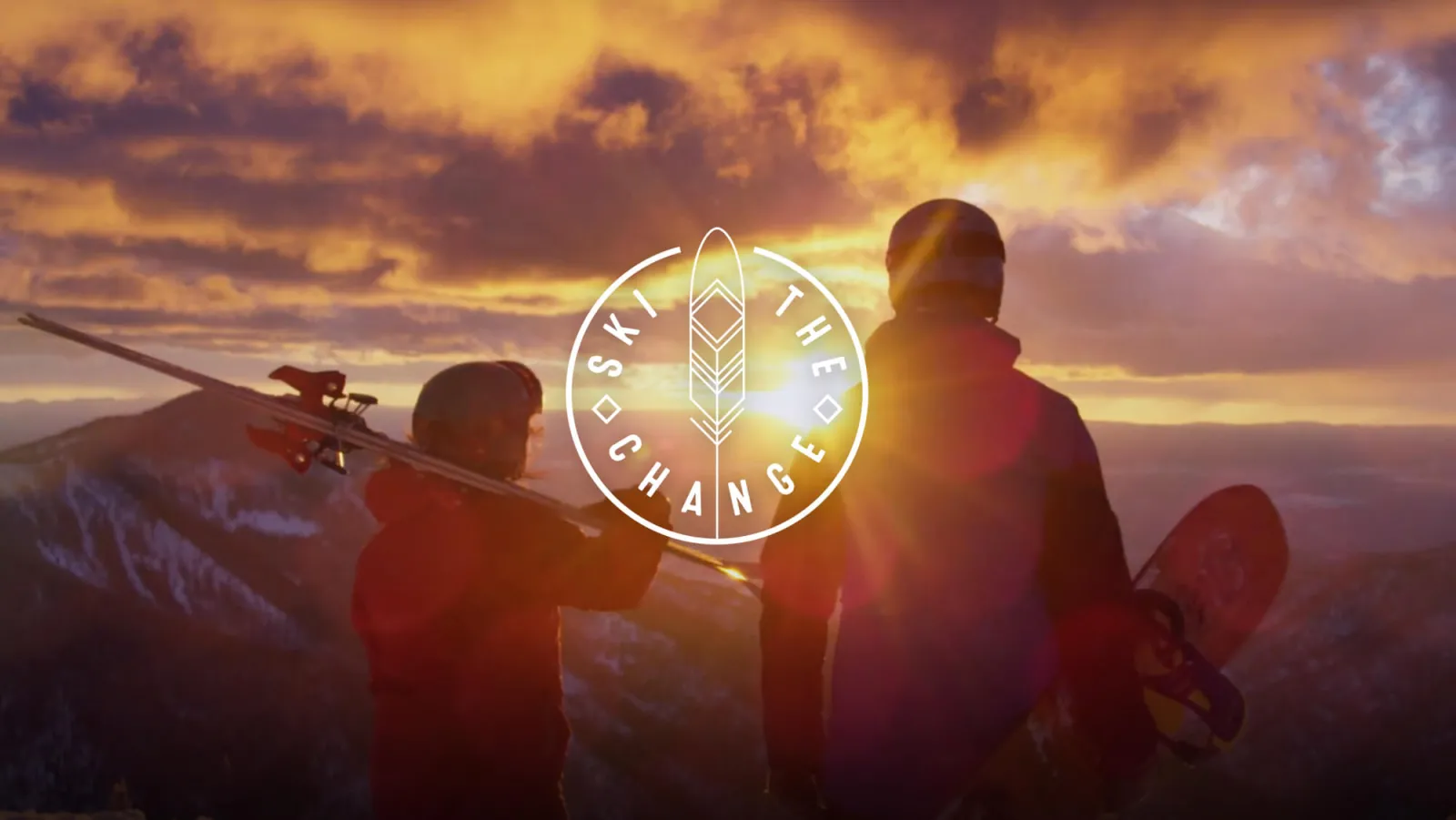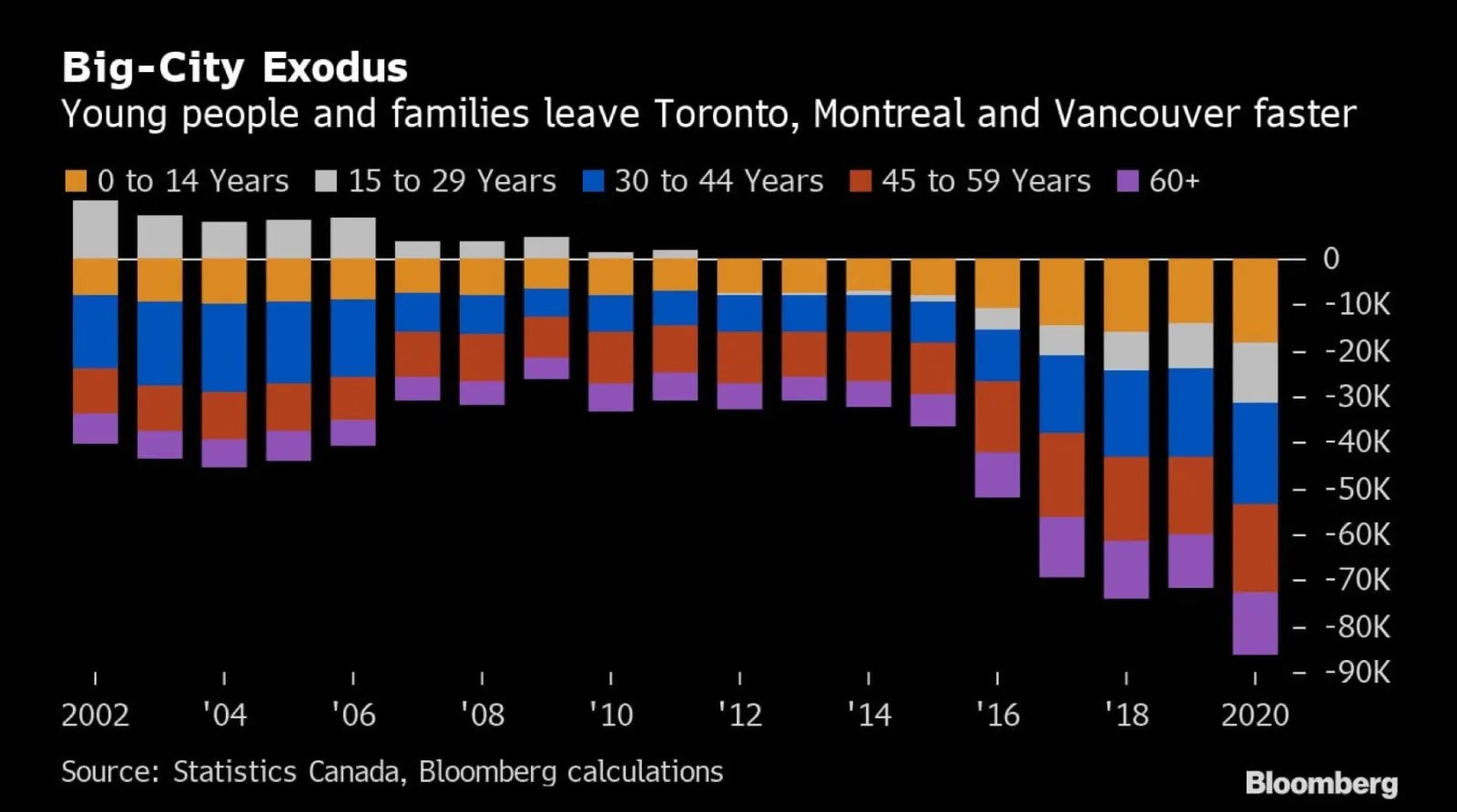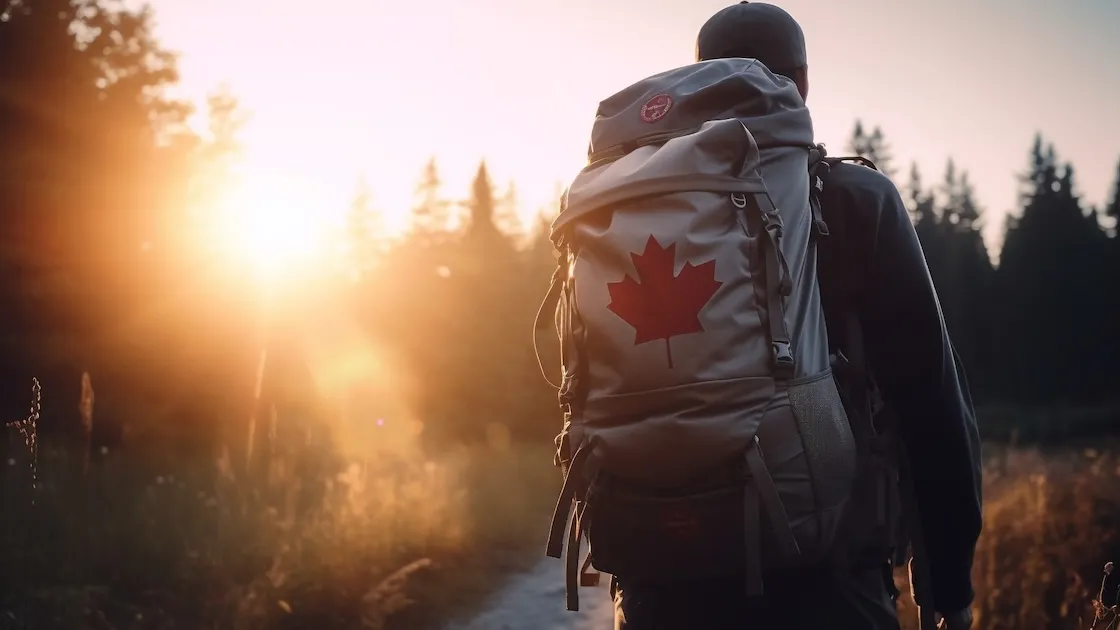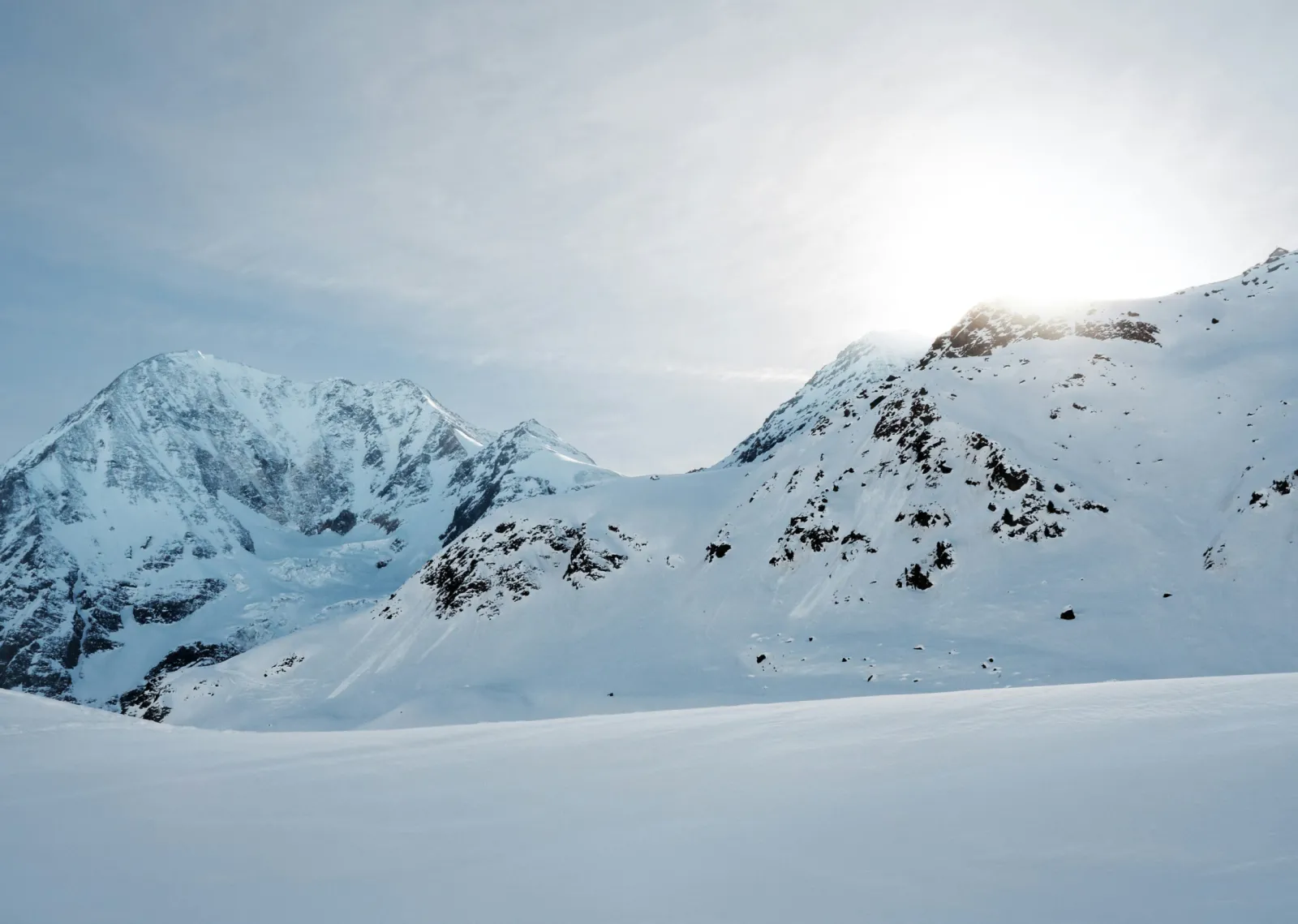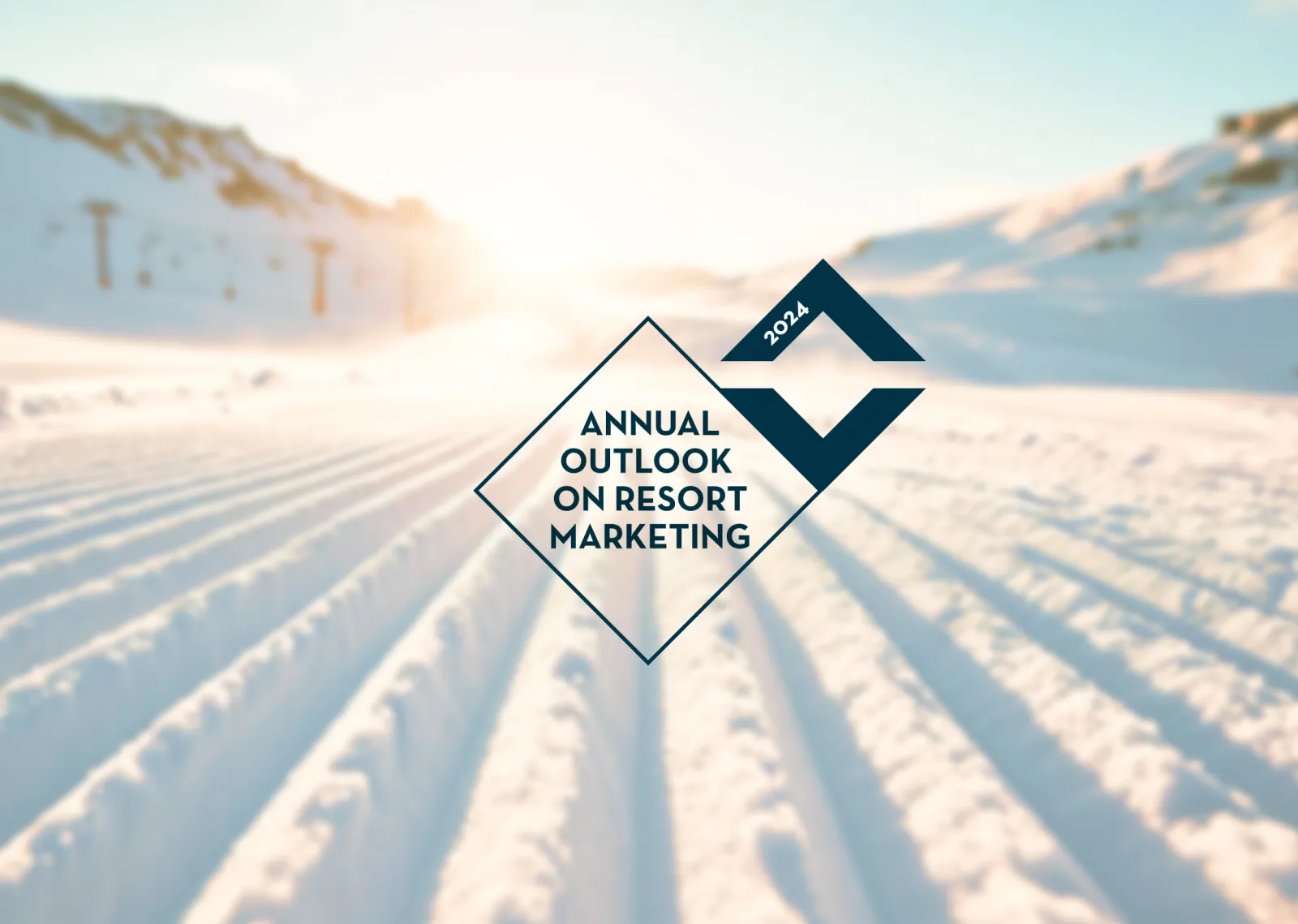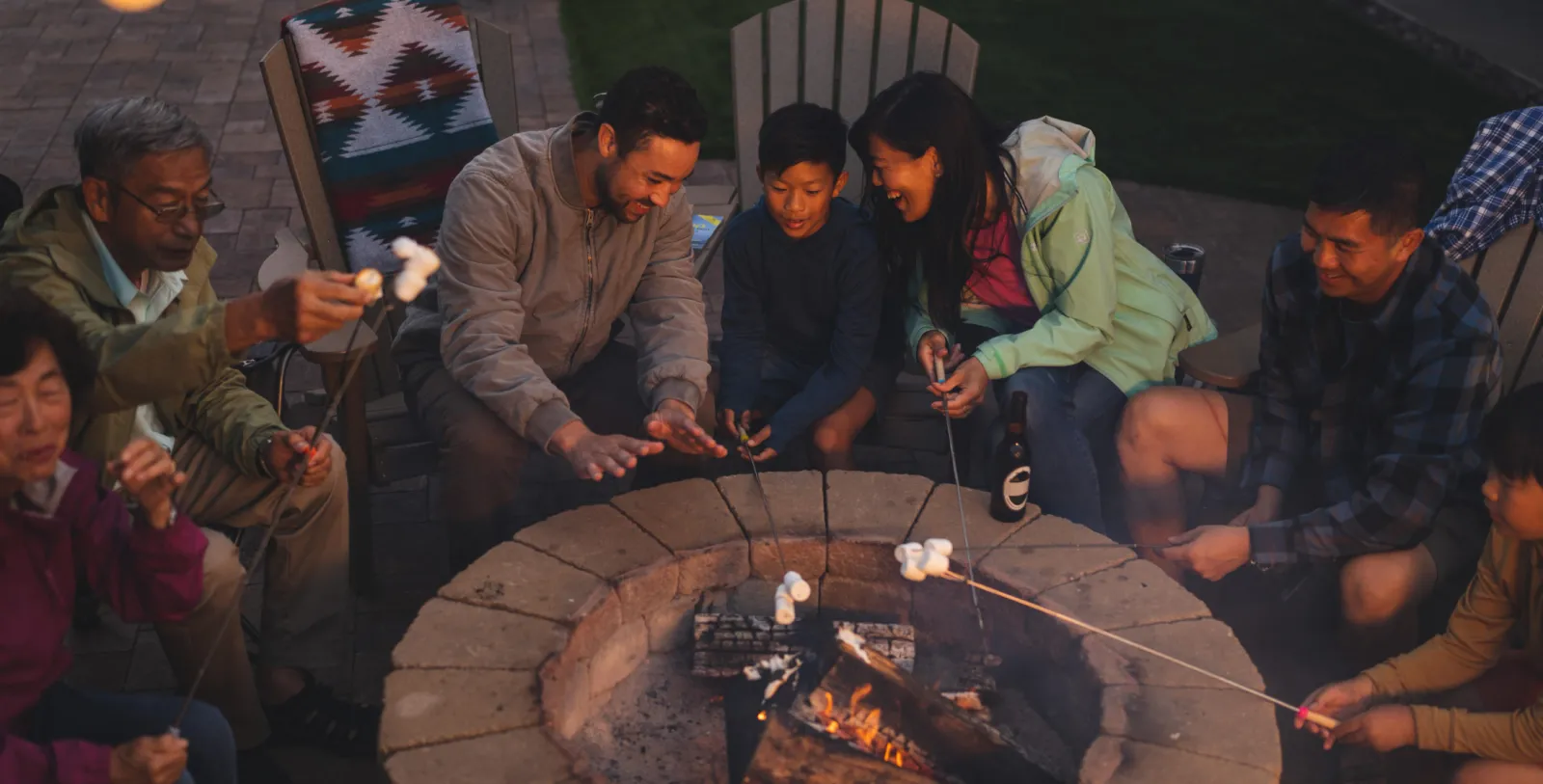Four emerging trends for 2021 and what they mean for outdoor marketers
When COVID first rocked the world, many people had radically differing opinions on its impact, the paradigms it was going to shift, and what changes would stick.
Regarding my base case, I follow the Scott Galloway school of thought that COVID-19 has been a change accelerant, as opposed to a change agent (see video below). Trends that have been slowly growing over the years have rocketed forward a decade. For instance, after slowly eating away at brick and mortar for years, E-commerce suddenly found itself with a seat at the pandemic-sponsored, all-you-can-eat buffet.
With that in mind, we look at four of the most pertinent arising trends and their implications for outdoor marketers.
{"preview_thumbnail":"/sites/default/files/styles/video_embed_wysiwyg_preview/public/video_thumbnails/I7Yp2OdJYcw.jpg?itok=42CSYr4U","video_url":"https://www.youtube.com/watch?v=I7Yp2OdJYcw","settings":{"responsive":1,"width":"854","height":"480","autoplay":0},"settings_summary":["Embedded Video (Responsive)."]}
1. Reservations as a solution for over-tourism?
At many ski resorts around the world, showing up on a whim with no planning for a hike or a ski is now an artifact of a lost age. Now, you have to plan ahead and reserve your day. In the era of COVID, everything must be reserved as social distancing entrenches itself into every facet of life. One trend to keep an eye on is whether these reservation guidelines from the big resorts begin to percolate into the smaller resorts, and even begin to stay permanently as a unique selling point around ensuring a quieter ski experience.
What it means for the outdoors
As this practice becomes normalized, many wonder if it might provide a more permanent solution to the over-crowding of places and spaces that have struggled with heavy visitation in recent years. It’s a tough balance to strike. Many long-term outdoor enthusiasts sneer at the thought of having to “reserve” their time in the outdoors. However, with outdoor participation skyrocketing in the past few years, there’s no question that more sustainable crowd and resource management will be essential moving forward.
2. Brand Purpose Stress Test
From your grandma’s hand soap brand to camping coolers, every brand has been pivoting towards the soup du jour of brand purpose. When the going is good, it's easy to make talk of brand purpose without doing all that much. But when it gets harder, the ones that walk the walk will be very obvious compared to those that don't. And this summer with the corporate reaction to George Floyd, the tide went out and we quickly found out who was swimming naked. Just about every brand did what they’ve always done when the topic of the day bubbles to the surface: “We care. We understand. We hear you.” But when the NFL claimed it celebrated the protests, the sniff test went awry as the internet hivemind served up reminders of Colin Kaepernick kneeling.
What it means for outdoor marketers
Can your brand pass the purpose stress test? Can you walk the walk? If you’re going to promote equality and brand purpose, you better hope there’s no skeletons in the closet. Because they will be found.
Who’s doing it right
Though we try not to toot our horn too much here, credit is due where credit is due, and our client Taos is a brand that truly walks the walk in being a genuinely purpose-driven brand. And as the first B corp ski resort in the world, they’re blazing a trail that others are sure to follow.
3. A Fork in the Road
For the young, the pandemic has proven to be a tale of two contrasting trends. On one side, six hour zoom school days followed by mindlessly scrolling social media have become the norm. On the other, outdoor recreation that’s close to home has skyrocketed as cabin fever sends many to the brink. Seeking some form of sanity, biking, hiking, and walking have all seen astronomical increases in participation this year.
On one side of the coin, we have youth looking at screens more than ever, and on the other, we have individuals enjoying the outdoors more than ever.
Those two narratives don’t really work together. So something’s got to give.
What it means for outdoor marketers
With team sport participation at generational lows, an opportunity emerges for the outdoor industry to give its best shot to ensure our younger generations choose the path of continuing to enjoy the outdoors post-pandemic, rather than continuing the endless spiral of so-called “doomscrolling” on social media.
The choice is ours and the onus is on the outdoor industry to ensure that we continue to promote outdoor participation by making it more accessible, more affordable, and more diverse.
4. Urbanites running to the hills
As young professionals discover the benefits of working from home, big cities are being hollowed out as many escape the pandemic-induced claustrophobic urban environment in pursuit of the open spaces where they always wanted to live but couldn’t due to their jobs.
As managers warm up to the idea of WFH being the norm, the endless influx of young go-getters moving to big cities has reversed seemingly overnight.
What it means for outdoor marketers
Destination marketing organizations (DMO) and ski resorts can capitalize on this inflow of working professionals with higher salaries as a way to bolster their communities and position their product for a more local community while international restrictions remain elevated.
Who’s doing it right
Though many DMO’s rightfully pressed pause on their promotions as essential travel advisories were issued, some destinations are beginning to lay the groundwork for what tourism will look like post-COVID. Iceland is one such example. “In November, [they] announced a new visa for international remote workers. Foreign nationals, including Americans, are now eligible to stay in Iceland for up to six months, as long as they are employed with a company or can verify self-employment.”
Of course, these aren't the only trends we've seen emerge from this chaotic year, but they're the ones that are catching our eyes now. As the year evolves, keep your ear to the ground as we see whether these trends stick or not!
